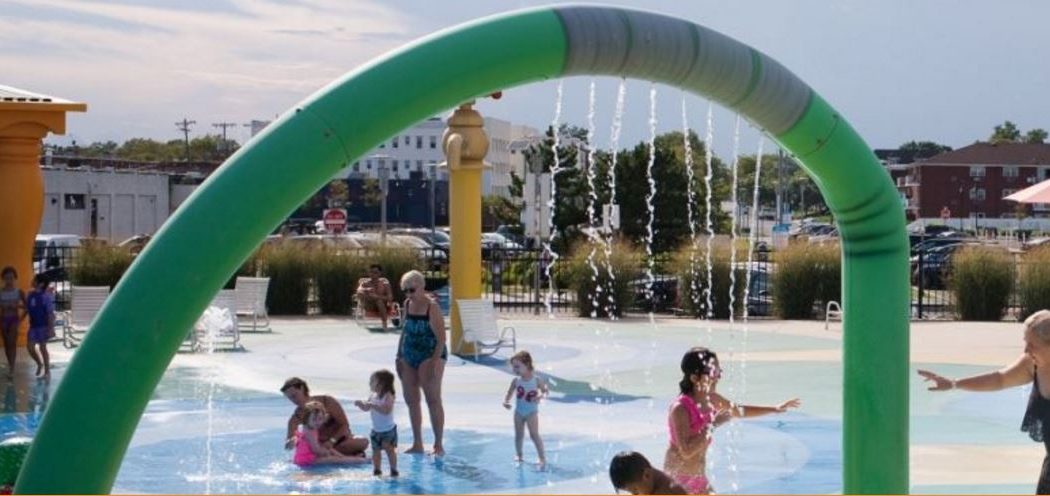At the height of its popularity in the early 1900s, Asbury Park, New Jersey was among the country’s premier middle-class destinations.
It had 200 hotels, 11,000 rooms among them. But in the decades after World War II, many were torn down for want of guests, while others were converted to house patients discharged from psychiatric facilities.
Incompetence, graft and inclement economic weather meanwhile waylaid a succession of redevelopment initiatives, including plans to import the Ringling Bros. circus and something called a Jacques Cousteau Wonder World. Many of the city’s Victorians moldered — neglected, abandoned or subdivided into low-rent rooming houses.
By the early 2000s, commerce had slowed nearly to a halt. The boardwalk stood empty and begrimed even in summer, its concessions stands dark.
And then, gradually, things began to change. In 2009, iStar Financial, a New York-based real estate investment firm, took control of the city’s waterfront redevelopment. Since then, iStar has opened two high-end condo complexes, plus the Asbury, the city’s first new hotel in more than 50 years.
Farther inland, buyers priced out of the Hamptons have restored the old Victorians, a practice begun in the ’90s by the gay community. Real estate values have climbed. The city’s need for state aid has waned. On the street, the odd Tesla can be seen nosing past more numerous Mercedes and BMWs.
It’s all been rather unexpected. And in a strange way, the city’s renaissance has relied to a large extent on what previous planners had failed to accomplish: the mega-complexes that went unrealized, and the destructive “urban renewal” initiatives left incomplete.

